Customization and Rapid Prototyping
The demand for customization in product design is a significant driver of the 3D Printing Plastic Powder Market. As consumers increasingly seek personalized products, manufacturers are turning to 3D printing as a solution for rapid prototyping and production. This technology allows for the quick iteration of designs, enabling companies to respond swiftly to market trends and consumer preferences. The ability to create tailored solutions not only enhances customer satisfaction but also reduces time-to-market for new products. Market analysis suggests that the customization segment within the 3D Printing Plastic Powder Market is expected to grow substantially, with projections indicating a potential increase of 30% by 2027. This trend underscores the importance of adaptability in manufacturing, positioning 3D printing as a vital tool for businesses aiming to maintain a competitive edge.
Rising Demand for Lightweight Materials
The 3D Printing Plastic Powder Market is experiencing a notable increase in demand for lightweight materials across various sectors, including aerospace, automotive, and consumer goods. This trend is driven by the need for enhanced fuel efficiency and performance, as lighter components contribute to reduced energy consumption. According to recent data, the aerospace sector alone is projected to utilize 3D printing technologies extensively, with a market share expected to reach approximately 25% by 2026. The ability to produce complex geometries with plastic powders allows manufacturers to create parts that are not only lightweight but also structurally sound, thereby fostering innovation in product design. As industries continue to prioritize sustainability and efficiency, the 3D Printing Plastic Powder Market is likely to see sustained growth in demand for these advanced materials.
Advancements in 3D Printing Technologies
Technological advancements play a pivotal role in shaping the 3D Printing Plastic Powder Market. Innovations in printing techniques, such as selective laser sintering and multi-jet fusion, have significantly improved the quality and speed of production. These advancements enable manufacturers to produce intricate designs with high precision, which is increasingly appealing to industries that require customized solutions. Furthermore, the introduction of new plastic powders with enhanced properties, such as improved thermal resistance and flexibility, expands the range of applications for 3D printing. Market data indicates that the adoption of these advanced technologies is expected to grow at a compound annual growth rate of over 20% in the coming years. This growth is indicative of the industry's potential to revolutionize traditional manufacturing processes, making it a key driver in the 3D Printing Plastic Powder Market.
Sustainability and Eco-Friendly Practices
Sustainability initiatives are increasingly influencing the 3D Printing Plastic Powder Market. As environmental concerns gain prominence, manufacturers are seeking eco-friendly materials and processes to reduce their carbon footprint. The development of biodegradable plastic powders and recycling methods for 3D printing waste is becoming more prevalent, aligning with global sustainability goals. Data indicates that the market for sustainable 3D printing materials is projected to grow at a rate of 15% annually, reflecting a shift towards greener manufacturing practices. This trend not only appeals to environmentally conscious consumers but also positions companies favorably in a competitive landscape. By adopting sustainable practices, businesses within the 3D Printing Plastic Powder Market can enhance their brand reputation while contributing to a more sustainable future.
Increased Investment in Additive Manufacturing
Investment in additive manufacturing technologies is a crucial driver for the 3D Printing Plastic Powder Market. As industries recognize the potential of 3D printing to streamline production processes and reduce costs, funding for research and development in this field is on the rise. Recent reports indicate that venture capital investments in additive manufacturing have surged, with funding levels reaching over 1 billion dollars in the past year alone. This influx of capital is facilitating the development of innovative materials and technologies, further propelling the growth of the 3D Printing Plastic Powder Market. As companies seek to enhance their operational efficiency and reduce lead times, the emphasis on additive manufacturing is likely to continue, fostering a robust environment for market expansion.


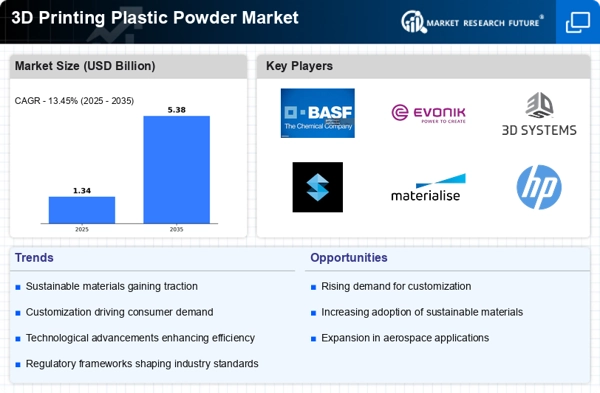
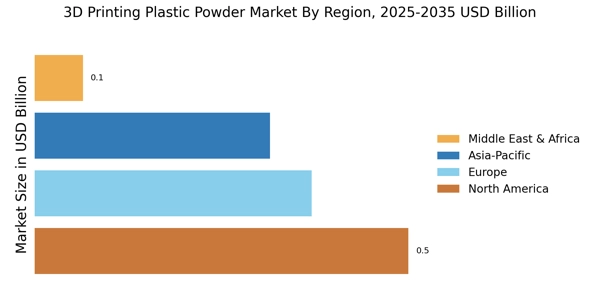
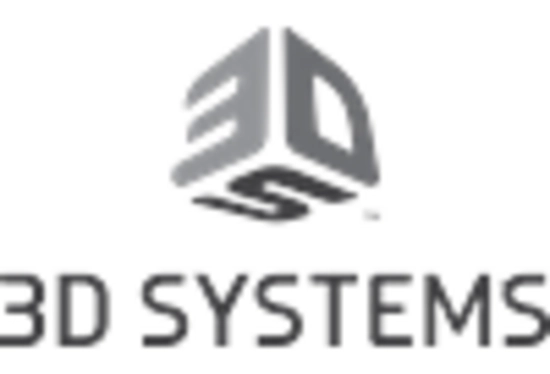


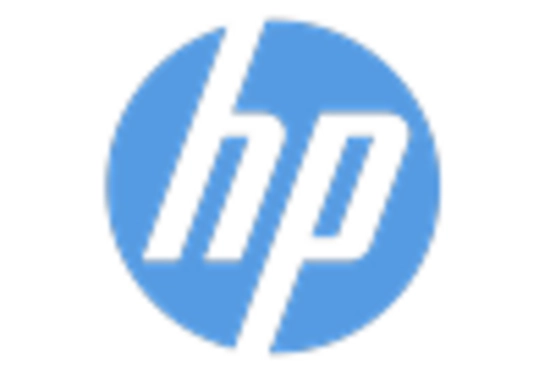
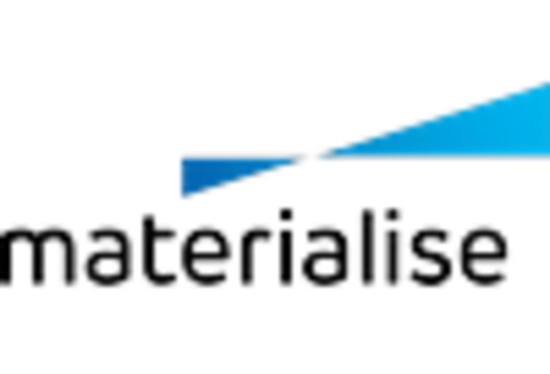
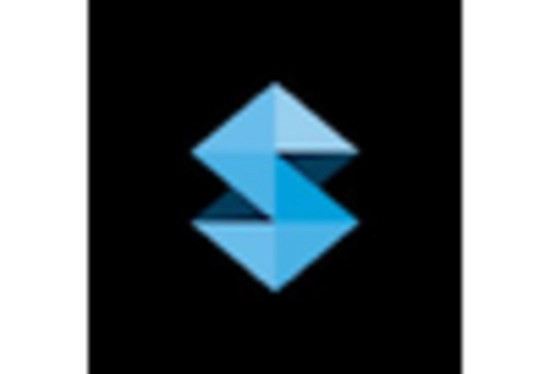








Leave a Comment